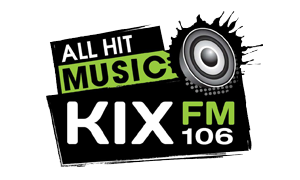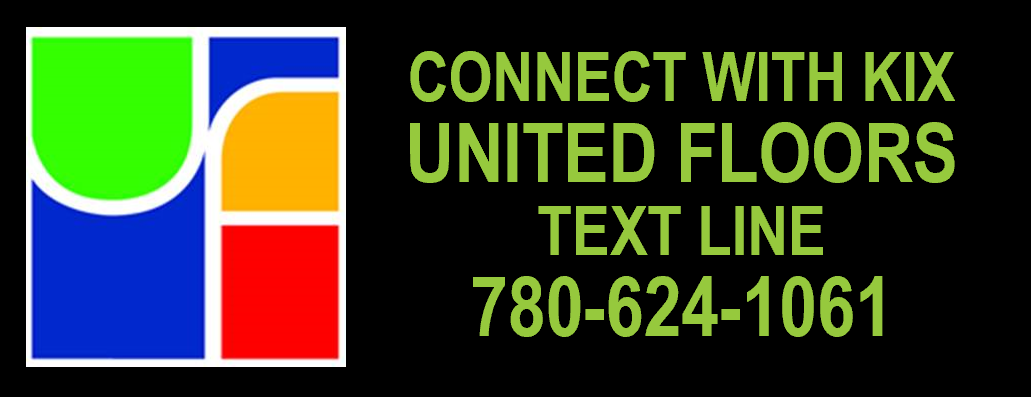Producers currently, or wanting to be, involved in Alberta’s Carbon Offset Program-Conservation Tillage Protocol may have unfavourable field conditions, with the reasons ranging from unharvested crops or wet fall and spring conditions.
As a result, tillage may be the only option to deal with issues like ruts left in the field, or even fire breaks.

Vehicle ruts left in a field. (Photo/Farm Management)
“If you till 10 percent or more of your field, that field won’t be eligible to receive carbon offsets for the year you tilled,” Paul Jungnitsch, a greenhouse gas offset agrologist with Alberta Agriculture & Forestry (AF), said in a news release. “It will not affect fields that you have not tilled. You will be eligible again in the following year if you continue to direct seed.”
According to the Conservation Cropping Protocol, discretionary tillage operations of up to 10 percent of any field may be worked to address field specific management issues. As well, all tillage must be documented, and the area estimated with this information disclosed in project documentation.
Also, burning a field won’t disqualify the field, unless the fire breaks 10 percent or more of workable acres.
“Keep in mind that carbon offsets are currently paying around $0.75 to $1.50/acre depending on your location,” says Jungnitsch. “You won’t want to reduce the size of your fire break just to earn carbon offsets.
“If your fire becomes out of control, the costs can be extensive,” he continued. “If your fire breaks is 10 percent or over, report it. You will not be able to claim that field for that year, but will be eligible the following year if you continue to direct seed.”
More information can be found by contacting the Ag-Info Centre at 310-FARM (3276).
– Posted by BET




